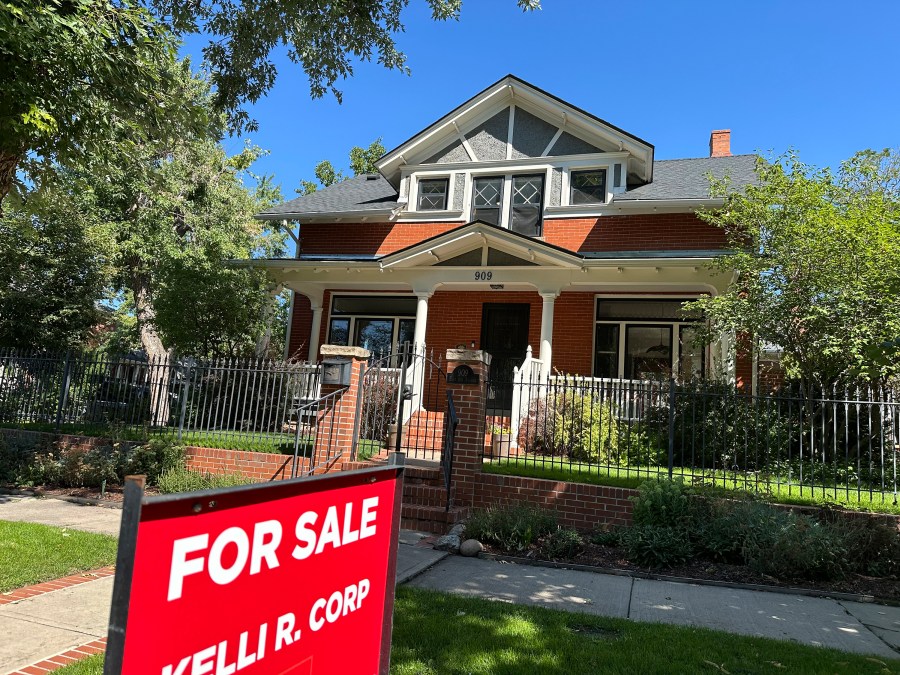(NewsNation) —If you’re thinking of buying property, how much you end up spending on it will depend on your mortgage interest rate.
This crucial number charts out the ownership timeline and overall cost of a home for those needing to finance.
Here’s what to know about mortgage rates:
What is a mortgage rate?
A mortgage rate is how much interest a buyer pays to take out a loan when they purchase a property.
It’s essentially the cost of taking out a loan. A buyer will owe this interest annually as a percentage of the loan’s total balance. Mortgage lenders make money by charging interest on the loan.
This rate isn’t the same for everyone.
This number is affected by a buyer’s credit score, income, loan amount and broader financial factors like the 10-year Treasury yield and inflation, according to a consumer financial services company Bankrate.
Understanding this number will explain exactly how much a mortgage will cost in the long run.
Will rents drop in 2024?
The Federal Reserve is the central bank of the United States and sets monetary policy that impacts the price of credit, which affects mortgage rates.
The Fed’s primary monetary policy tool is the federal funds rate, which is the amount banks charge each other to borrow money.
The Federal Reserve can slow inflation by raising the federal funds rate, which can indirectly impact mortgages.
High inflation and investor expectations of Fed rate hikes can push mortgage rates up, but if lenders believe the Fed may cut rates and inflation is decelerating, mortgage rates will typically trend down.
Mortgage lenders consider the Fed’s actions when setting fixed rates, along with other factors like inflation and the 10-year Treasury yield.
How do mortgage interest rates work?
Mortgage rates determine how a loan will be paid back, including the time it takes.
The mortgage interest rate is a percentage of the total balance of the loan, and the monthly payments will be based on the loan’s amortization schedule.
Under this schedule, more of the monthly payment likely goes towards interest rather than the principal, which is the amount borrowed, in the beginning. But with time, the monthly payment shifts to pay back the principal.
There are fixed-rate and adjustable-rate mortgage loan options.
New home construction dips to slowest pace since the pandemic
With fixed rates, the interest is consistent throughout the entire course of the loan.
Under an adjustable-rate loan, the interest rate can fluctuate after a certain amount of time, causing monthly payments to go up or down.
In general, shorter-term loans, such as 15-year mortgages, come with lower interest rates but have higher monthly payments. Longer-term loans like 30-year mortgages come with a higher rate but lower monthly payments. This is because it takes a longer period of time to pay back the balance.
While shorter-term loans may feel like they cost more, in general, these end up costing less total interest across the life of the loan.
How to get a better mortgage rate
There are several ways to get the best mortgage rate possible when applying for a loan.
A prospective buyer can work to improve their credit score because lenders offer their lowest rates to those with strong credit.
What is an interest rate cut, and what would it mean for you?
They can also build a stable work history record with at least two years of consistent employment, according to Bankrate.
A buyer can also save more money by putting down a bigger down payment, which helps secure a lower rate.
It’s also a good plan to shop around and compare rates from different lenders to find the lowest mortgage rate.
